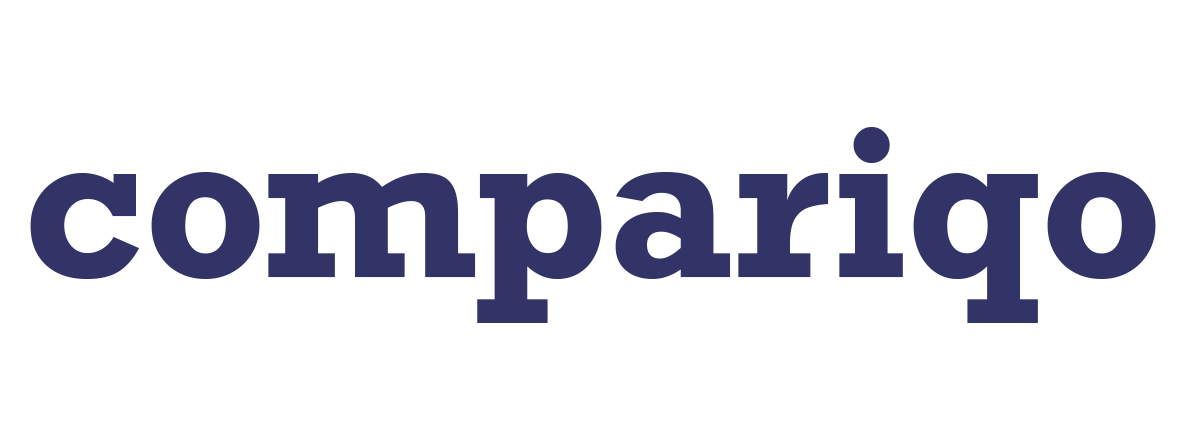When analysing the cause of construction fires and looking at fire safety, the majority of cases are led back to on-site hot work. Hot working consists of cutting, soldering, brazing and welding operations actions and can also produce fumes, gases, flames, and heat.
The top four practices which should always be considered when using hot work on-site are:
- The preparation of hot work
- Assuring that the site is cleared of any hot work hazards
- Ensuring a water source
- Maintaining safety procedures during hot work
The most impactful solution to prevent fires from happening on-site is to review and check the project site on a daily basis, including both internal and external hazards.
On a daily basis, the following factors should be closely assessed:
- Ensure that hot work is conducted according to plan.
- Assess all heating equipment, ensuring it is out of reach from combustibles.
- Check that combustible trash and debris are removed from all areas.
- Make sure that any wiring does not have exposed conductors.
- Remove all flammable liquids and hazardous
- See is the fire access roads are free of obstructions.
- Make sure that the fire hydrants “clearly visible.”
- Ensure that all portable fire extinguishers are appropriately spaced.
The latest edition of the Fire Safety in Construction guide addresses the issues regarding those involved in construction projects and how they are at risk of fire hazards. Aimed at those who develop and manage construction sites, such as clients or designers, the guide also offers safety advice for multi-storey buildings and high risk developments.
The basic principles fire risk assessment are included within the guide, however, there will be a variety of additional elements to consider for new builds in comparison to the refurbishment of a pre-existing building. For example, new builds will require an assessment that considers its location and proximity to surrounding buildings, along with the type of construction materials and methods used.
Authorities urge that during the earliest stages of project design, all fire hazards are considered, regardless of how little significance they may seem at the time. This is because the low key factors which can be considered later on in the process can often lead to the whole structure being involved in a fire. Often, the additional costs required for ensuring safety to the structure might be more cost effective when provided from the outset, as opposed to revisiting the issues in the future. For a refurbishment project it will be important to take into account the lifetime and initial construction of the premises, as the building could be at a significant risk to fire because of the plaster ceilings and walls, wooden panelling and floors.
While there is a great amount of progress being made in order to ensure fire safety on site and post-build, there is still a collective effort to made. Construction fires, especially those of buildings under large-scale renovation and demolition, account for a large share of recorded fires in the UK each year. Construction fires cause a chain of collateral damage, including project abandonment, financial loss, damage to water supplies, traffic disruptions and environmental harm.

